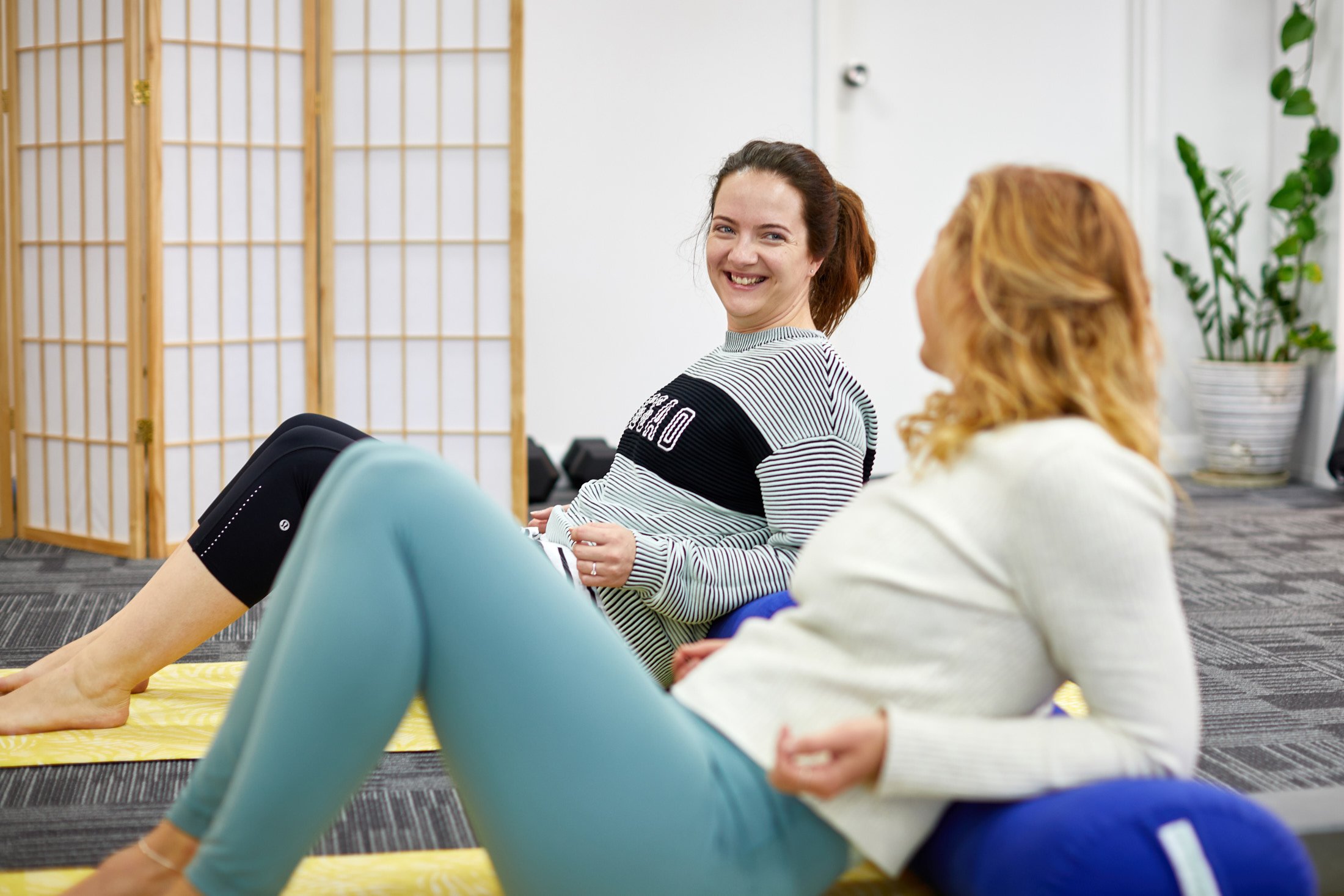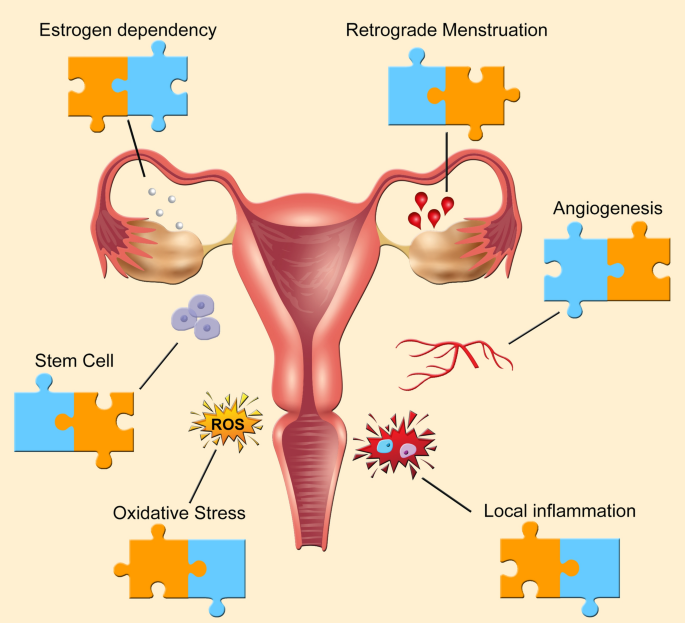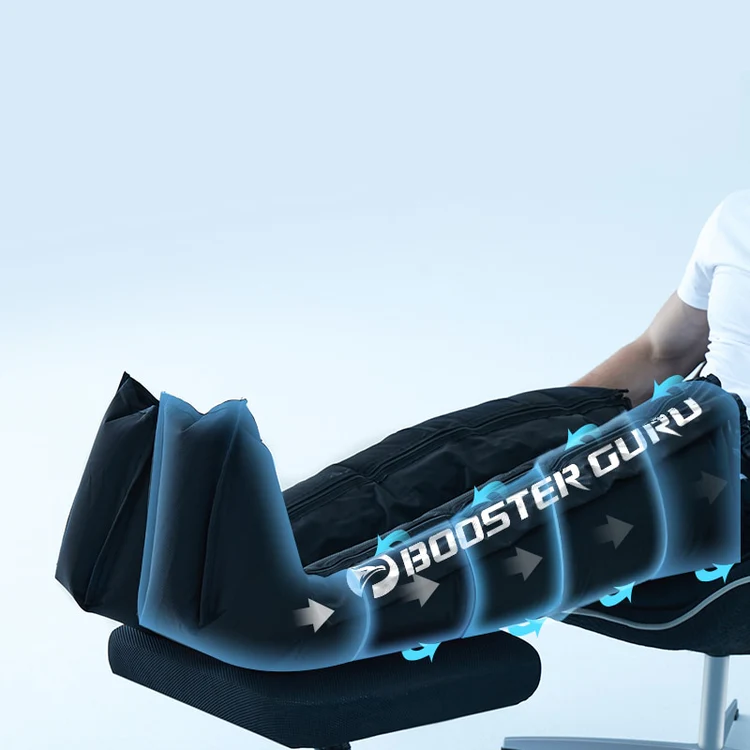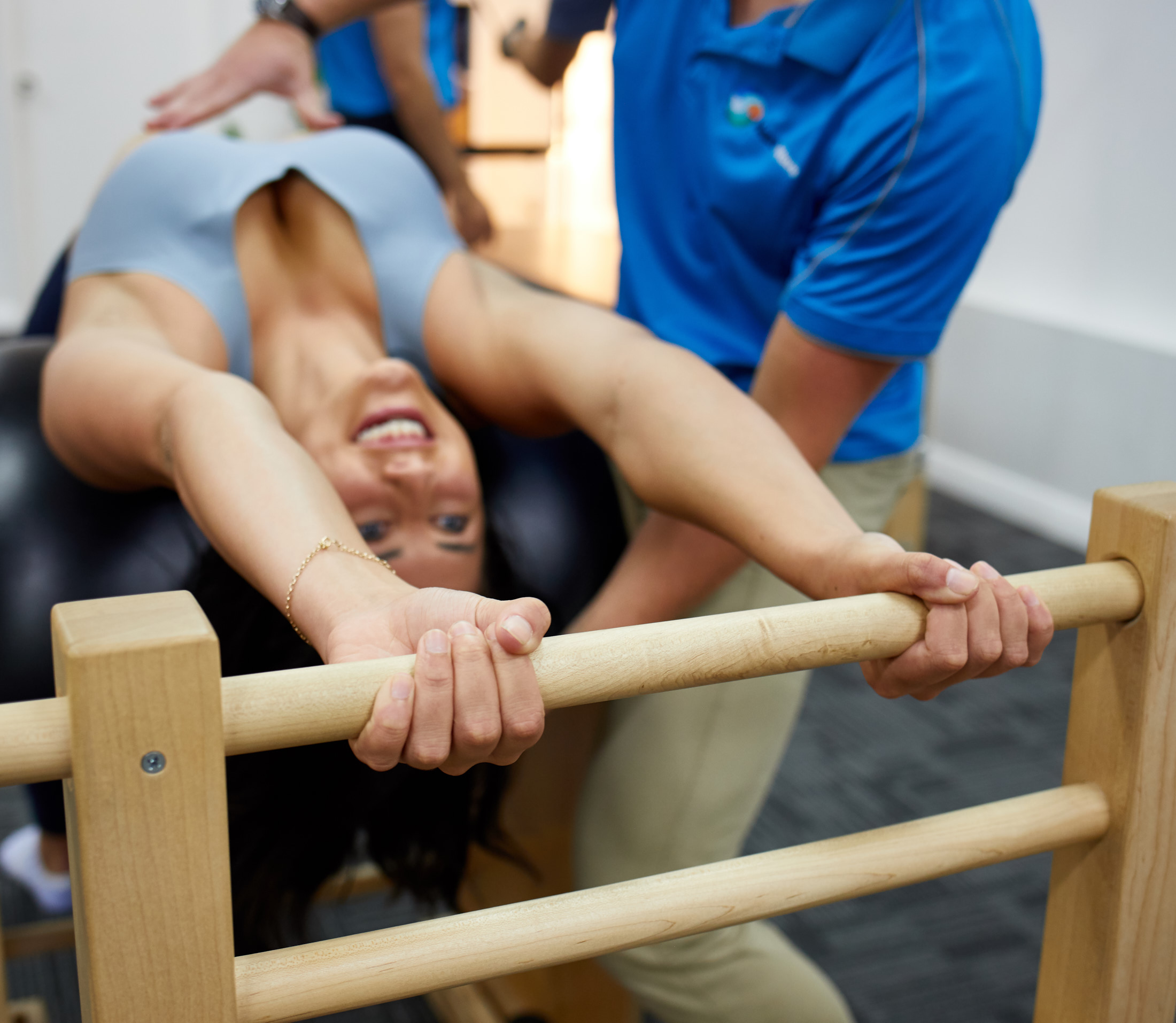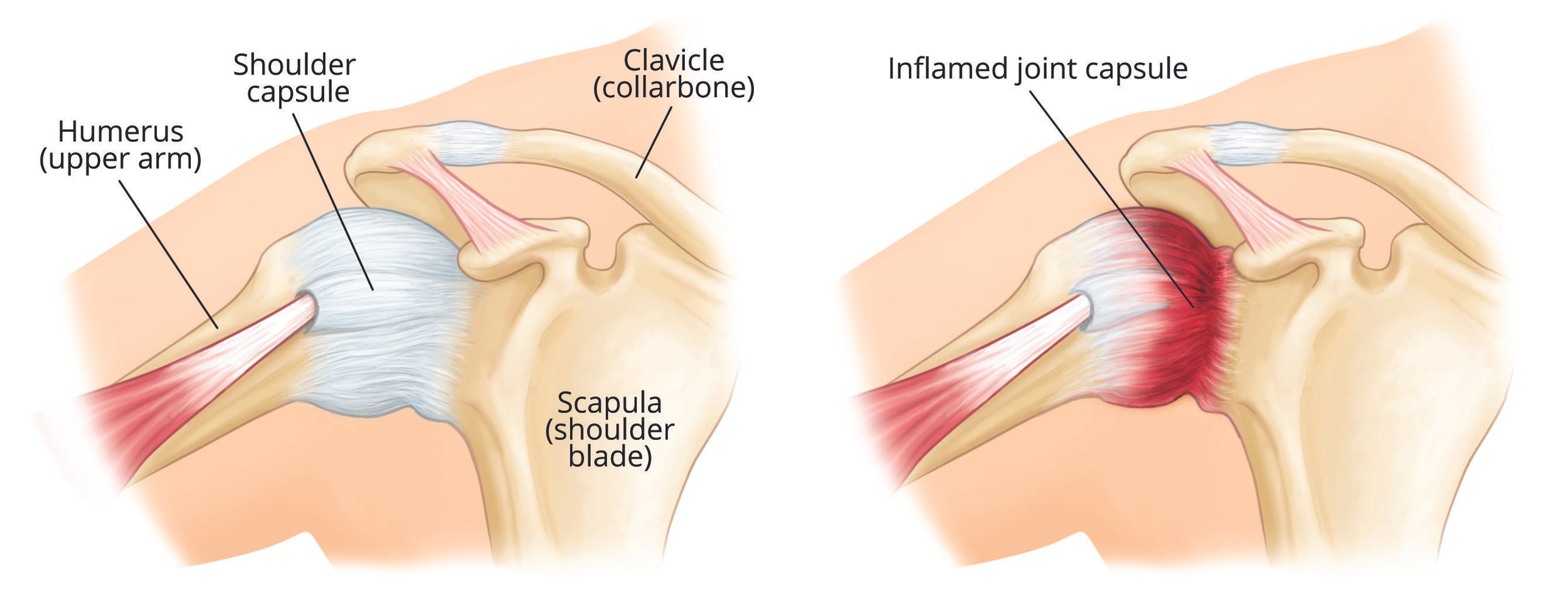Period pain is not normal
You’ve probably heard that pain with your period is part of being a woman. It’s not true. Painful periods that impact your daily functioning aren’t normal. Painful periods could be a sign of endometriosis, a disease where tissue normally found in the lining of your uterus grows elsewhere.
Next Wave Therapy in O’Connnor (Fremantle area) provides a team approach to endometriosis. Our naturopaths, occupational therapists and physiotherapists work closely together when treating endometriosis and the impact it has on your life.
Endometriosis is a perplexing complaint
Affecting 15-20% of women, no one knows for sure why endometriosis happens, making prevention difficult and treatment challenging.
It causes a multitude of symptoms, making it hard to diagnose.
The course of the illness is unknown and predictions about fertility are impossible.
“Around 15 of every 1,000 hospitalisations among females aged 15–44 in 2016–17 were endometriosis-related”
Physiotherapy, occupational therapy and naturopathy can help!
What is endometriosis?
Normally the endometrium lines the inside of the uterus and is expelled during each menstrual period, but in endometriosis and adenomyosis, this tissue starts to grow outside of the uterus, somewhere else in the body.
“Endometriosis occurs when endometrial-like tissue, similar to the tissue normally found lining the uterus, is found in other parts of the body. These tissues are collectively known as endometriosis and, like the endometrial tissue lining the uterus, they respond to hormones released by the ovaries, causing bleeding. This leads to inflammation and scarring, which can cause painful ‘adhesions’ joining together pelvic organs which are normally separate.” Endometriosis in Australia
Endometriosis occurs when the endometrial growths develop on the ovaries, the tubes, the outer wall of the uterus, the uterine or ovarian ligaments, the bowel, the ureters or the bladder.
Adenomyosis is where the endometrium grows between the fibres of the muscular wall of the uterus.
What are the symptoms of endometriosis?
The symptoms include pelvic pain, heavy periods, bleeding between menstruation, and infertility. Endometriosis is often difficult to diagnose because there are many other conditions that can cause these symptoms. In a few cases, endometriosis remains undiagnosed because it is mistaken for other conditions or women do not experience any symptoms at all.
other Common experiences for women with endometriosis
-
Severe pelvic pain
-
Dyspareunia (painful sex)
-
Nausea/vomiting
-
Irritable bowel
-
Abdominal pain
-
Blood in stools
-
Dysuria (painful or difficult urination)
-
Cyclical blood in urine
-
Chronic fatigue
Symptoms will also vary depending on the stage
Stage 1 – minimal superficial lesions commonly on the pelvic walls.
Stage 2 – mild superficial and some deep lesions below the peritoneal surface.
Stage 3 – moderate with small cysts includes the endometrioma with minor adhesions often between ovarian and uterine wall.
Stage 4 – severe with bilateral grapefruit sized cysts, adhesions with bowel/bladder involvement
What causes endometriosis?
The cause or aetiology of endometriosis is poorly understood but it is most likely driven primarily by immune and hormonal factors. Numerous factors are known to contribute to the origin of endometrial tissue. This includes
-
genetics
-
retrograde menstruation (where blood flows back into the pelvis instead of out of the body)
-
lymphatic and vascular factors
-
coelomic metaplasia.
And then there are the establishing and maintaining factors which include immune abnormalities (oxidative stress, inflammation and autoimmunity), endocrine factors, microbiome alterations and central sensitisation. (Reference Zondervan et al., 2018)
Reference Endometriosis: current challenges in modeling a multifactorial disease of unknown etiology
Each of the originating, establishing or maintaining factors are complex to treat and understand in themselves but create a perfect storm for complex chronic pelvic pain which can disrupt all aspects of a woman’s life.
Treatment Options for Endometriosis at Next Wave Therapy
A holistic and person centered approach is used at Next Wave Therapy. We believe in empowering you with self management strategies needed for body, mind and life.
Naturopathy Treatment Considerations
-
Modulate HPA (hypothalamus-pituitary-adrenal) axis
-
Improve relative oestrogen excess, regulate prostaglandin suynthesis
-
Improve immune system irregularities
-
Normalise uterine function and menstrual flow
-
Treat dysbiosis
-
Address other presenting symptoms…. PMS, fatigue, pain, irritable bowel, headaches ….
Herbal medicine, nutritional supplementation, diet and lifestyle advice are all part of our naturopathic prescription. This article on Seed Cycling is a start toward making small diet changes that can have a huge impact on your health and vitality.
Occupational Therapy for Endometriosis
Occupational therapists focus on helping you to find ways to live your life despite pain and fatigue through:
-
Pain education, helping you to understand the driving mechanisms of your pain and how to manage pain
-
Psychological therapy, acceptance and commitment therapy (ACT) for anxiety, hypervigilance, anxiety, depression and self confidence
-
Relaxation training
-
Energy conservation and fatigue management
-
Building balance into your life
-
Adaptive aids and equipment
-
Soft Tissue therapy Trigger Point release
-
Address any other factors that may emerge as a result of living with chronic pain
Physiotherapy for Endometriosis
Physiotherapy plays in integral part of the multidisciplinary team when treating endometriosis patients.
The main goals of physiotherapy is to restore pelvic floor dysfunction and to treat secondary musculoskeletal impairments.
-
Pelvic examination: in persistent pelvic pain conditions such as Endo, your pelvic floor can become overactive (hypertonic). As a result, this can lead to an array of pelvic floor problems including painful intercourse (dyspaneuria), urinary frequency, urgency, constipation and incontinence.
-
Massage and trigger point therapy: hands on manual therapy can reduce tension in muscles that have become hypertonic in response to pain.
-
Acupuncture: A great treatment modality to calm a sensitized nervous system that has been heightened in response to persistent pain
-
Exercise prescription: Exercise truly is medicine and actually has a pain relieving effect on our body (hello endorphins!) however getting the balance right can be tricky. Your physiotherapist can help to prescribe exercises that will be best suited to you by conducting a comprehensive musculoskeletal assessment and seeing how your body is moving in response to pain.
-
Avoiding maladaptive movement strategies and reducing fear avoidance behaviours to optimise and maximise your body’s function is essential to treating persistent pain conditions.
Things you can do at home to help manage endometriosis
-
Increase dietary fiber
-
Have a diet high in cruciferous vegetables, phytoestrogens. Here’s a seed cycling recipe
-
Eat bitter foods like parsley, chicory and radicchio
-
Reduce fat intake and increase essential fatty acids found in nuts, seeds, fish
-
Avoid refined sugar foods, stimulants like coffee, wheat, yeast, alcohol and fried foods.
-
Do gentle exercise only and not during menstruation (strenuous exercise can increase adhesions but a little bit of exercise will encourage estrogen excretion which is what you want to happen). Your physiotherapist will give clear directions on the best type of exercise for you.
-
Balance work, home duties, leisure, exercise and social time and ensure that you fit in relaxation time in here too
Written by Sasha Wray (Occupational Therapist and Naturopath)

